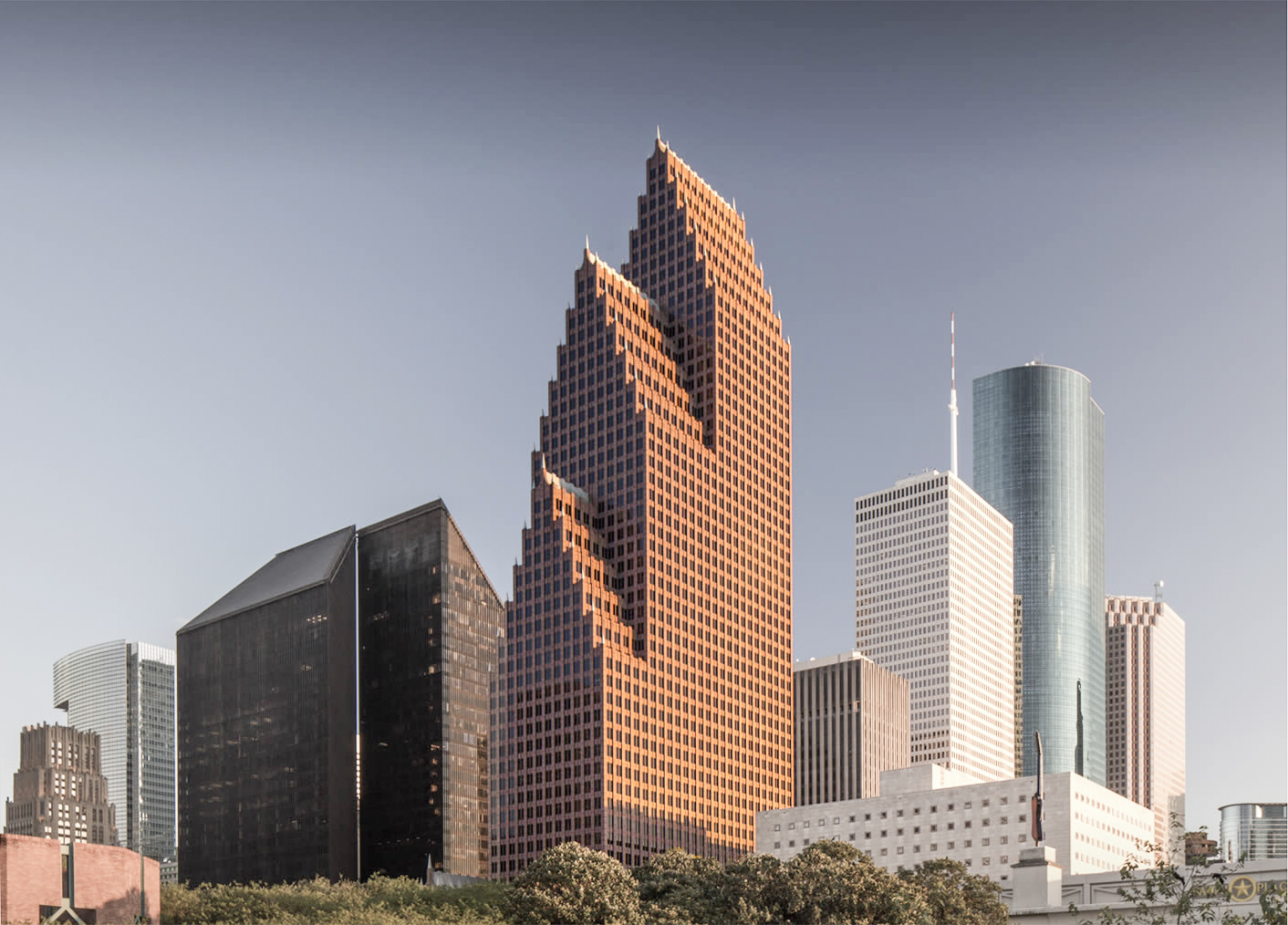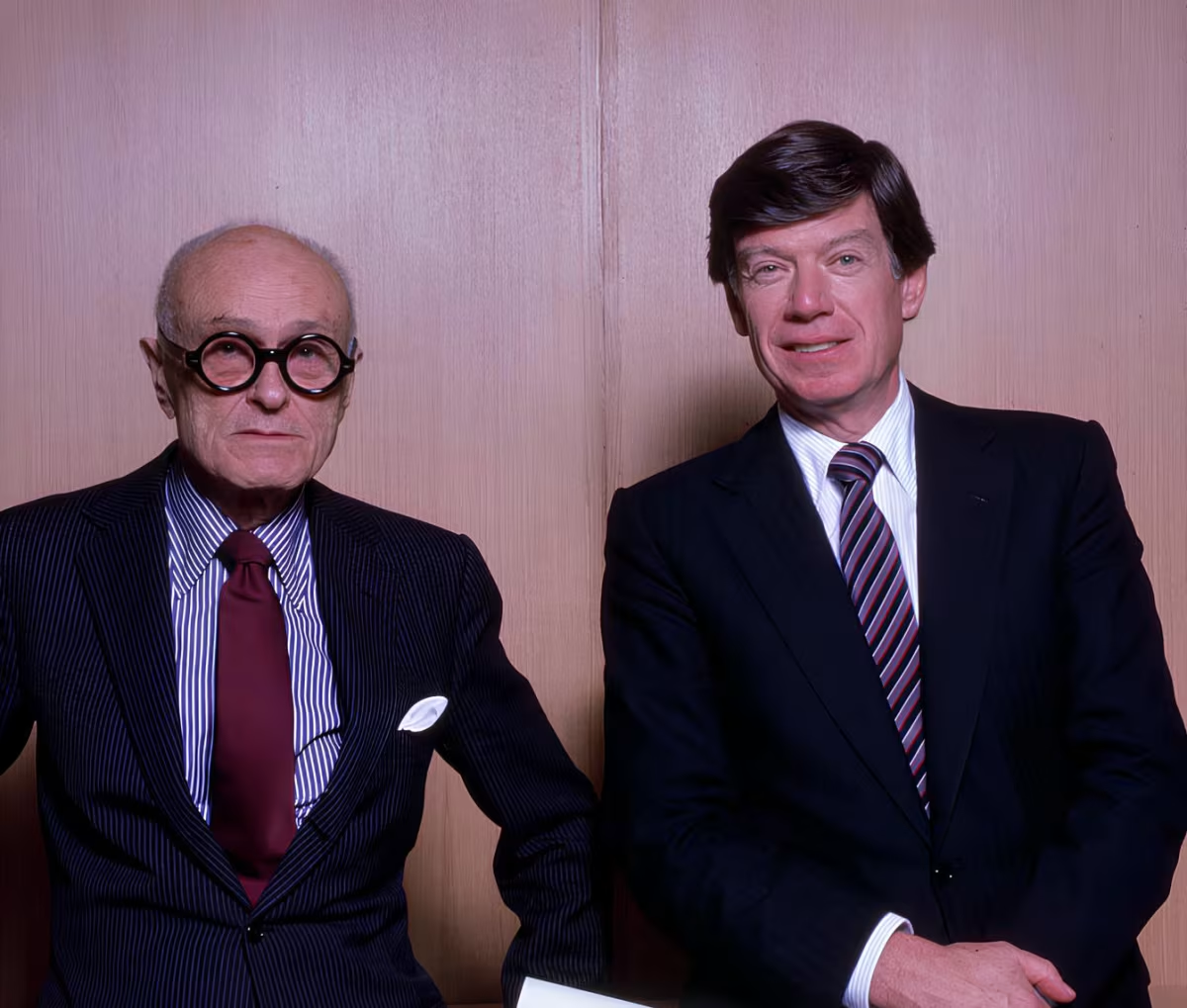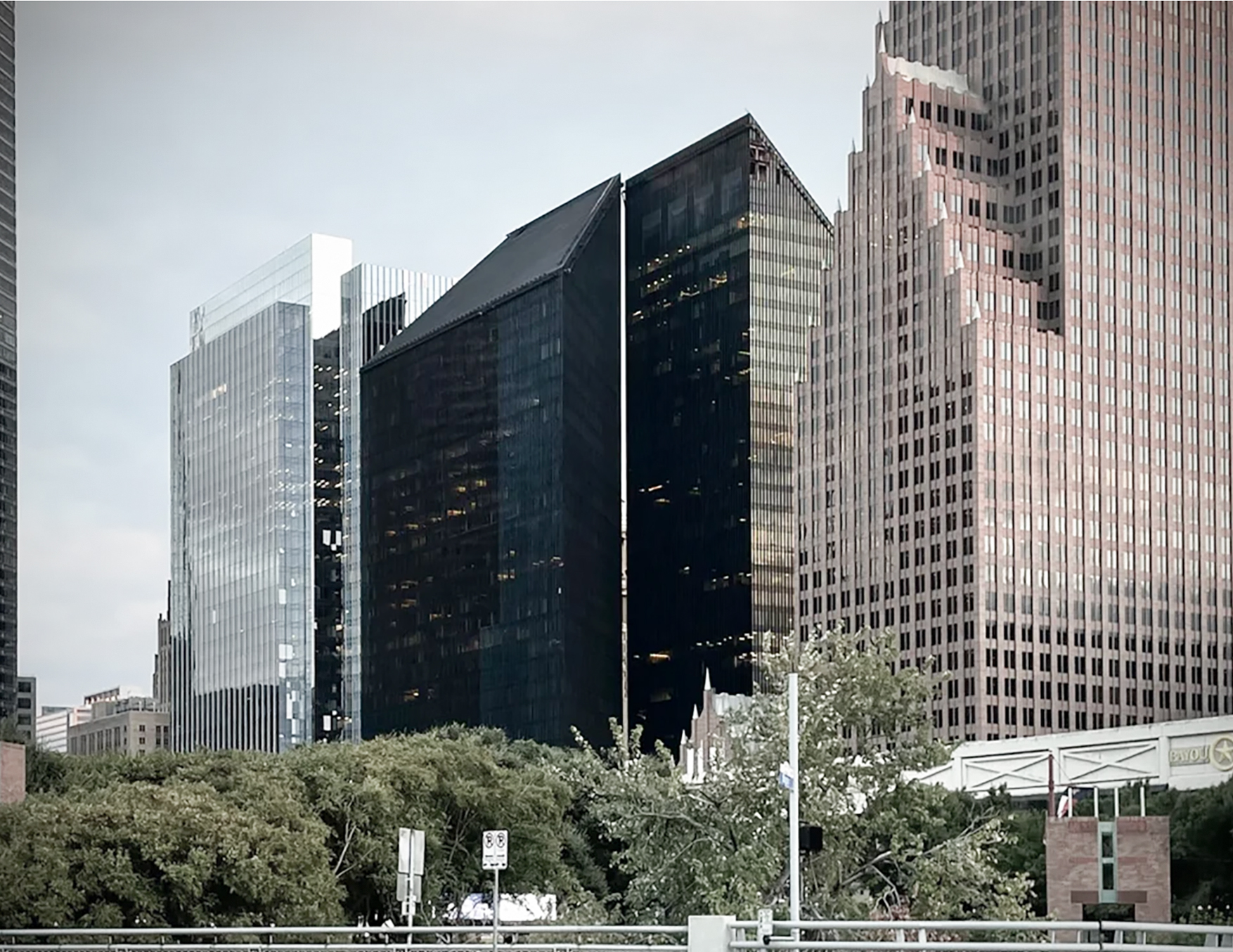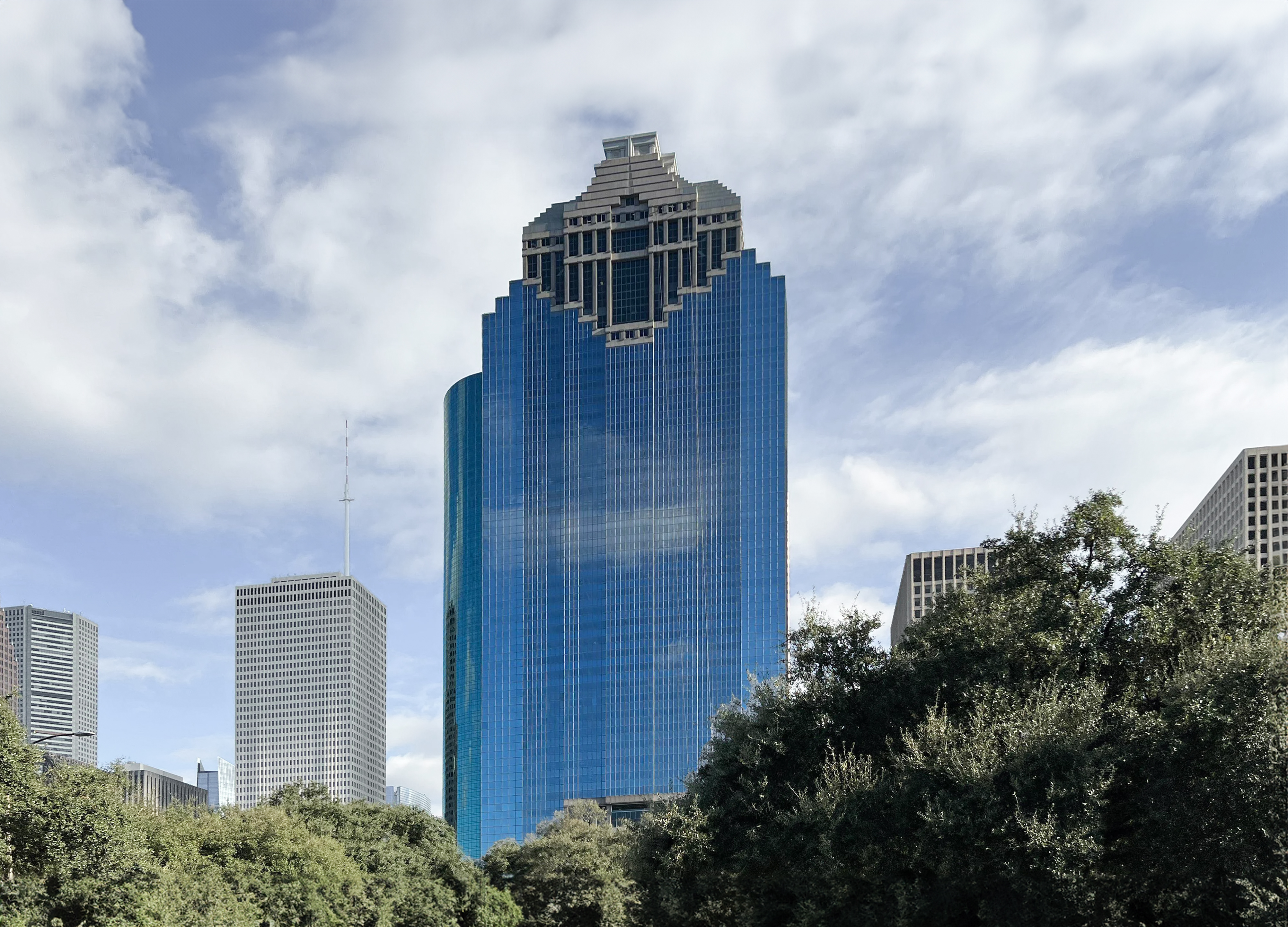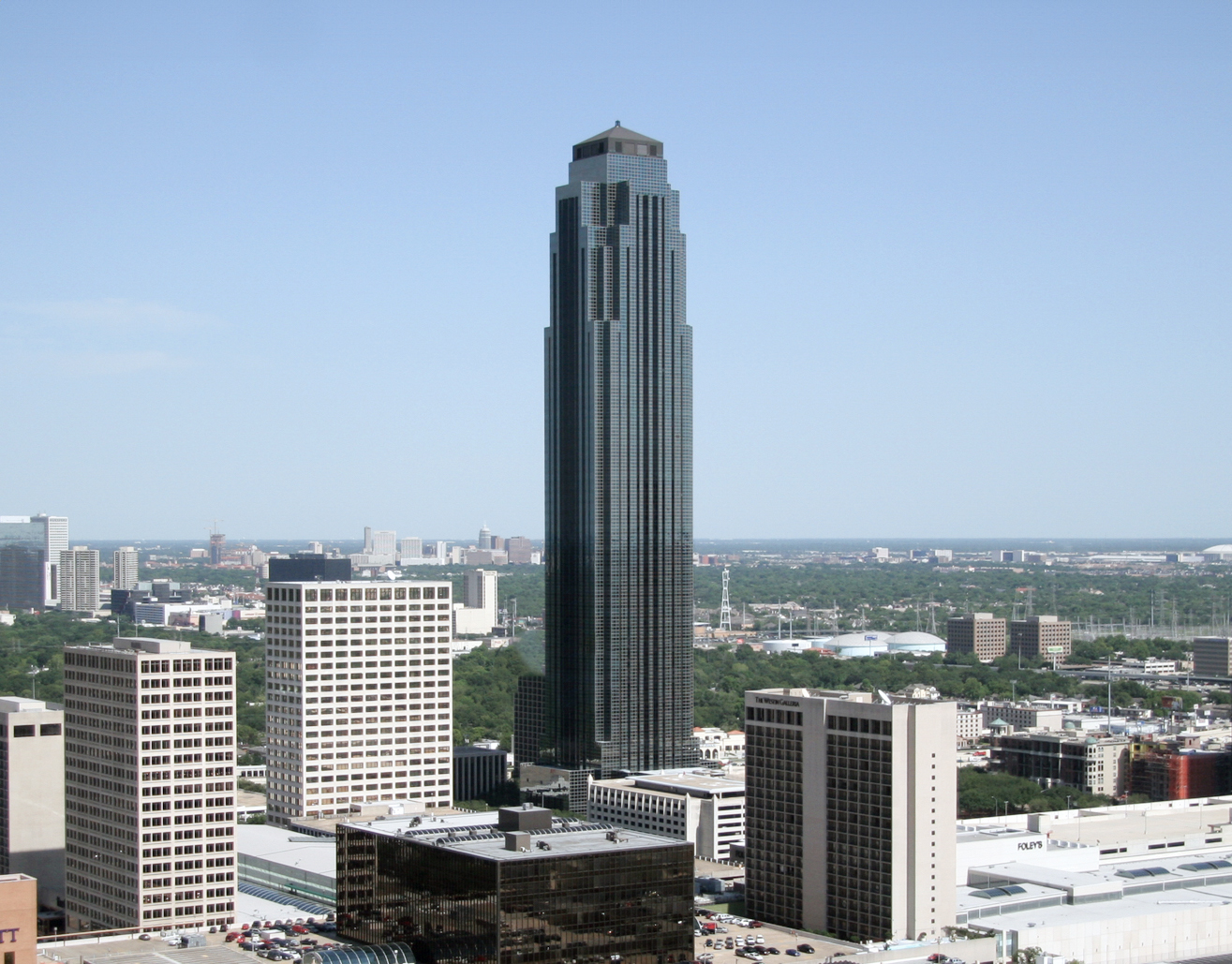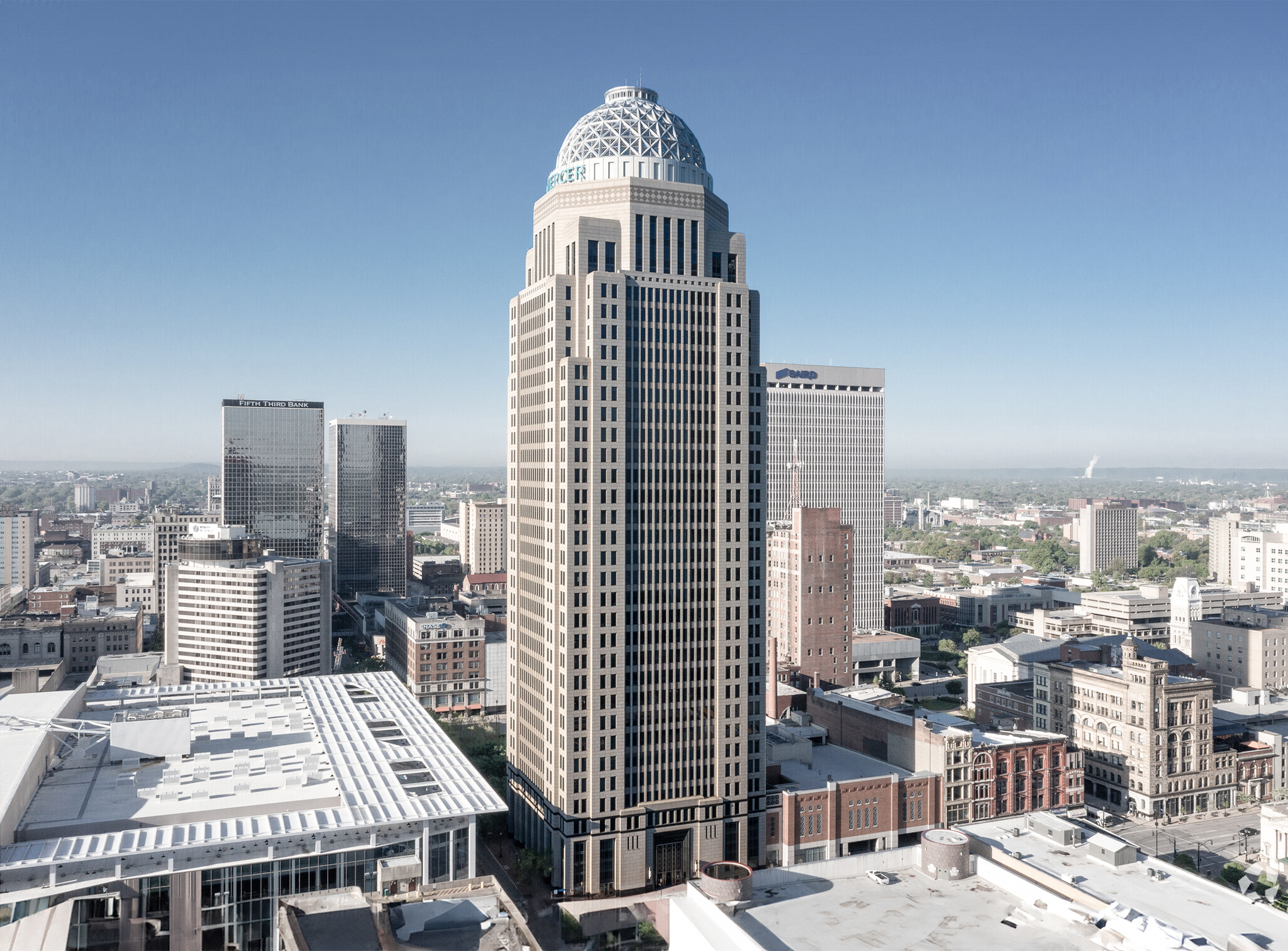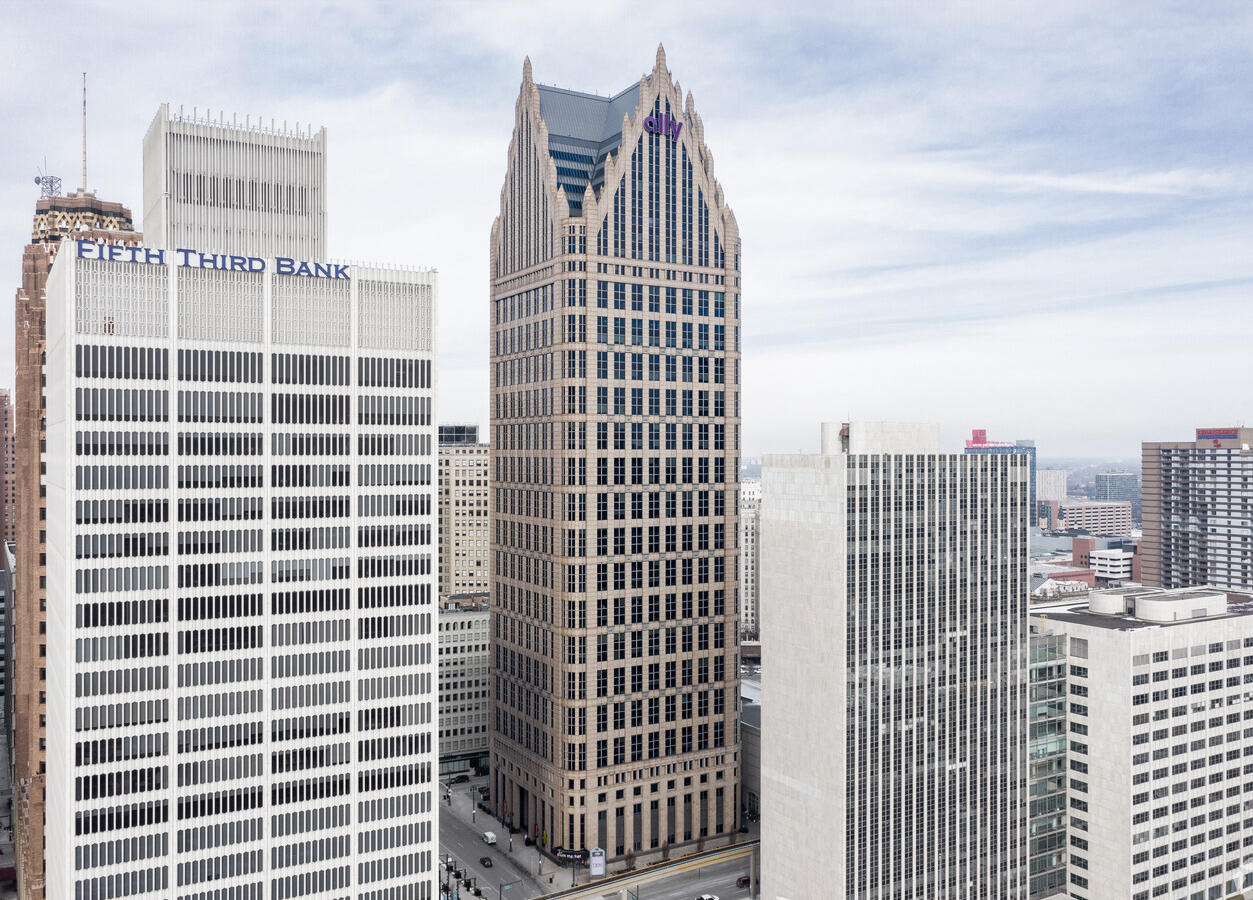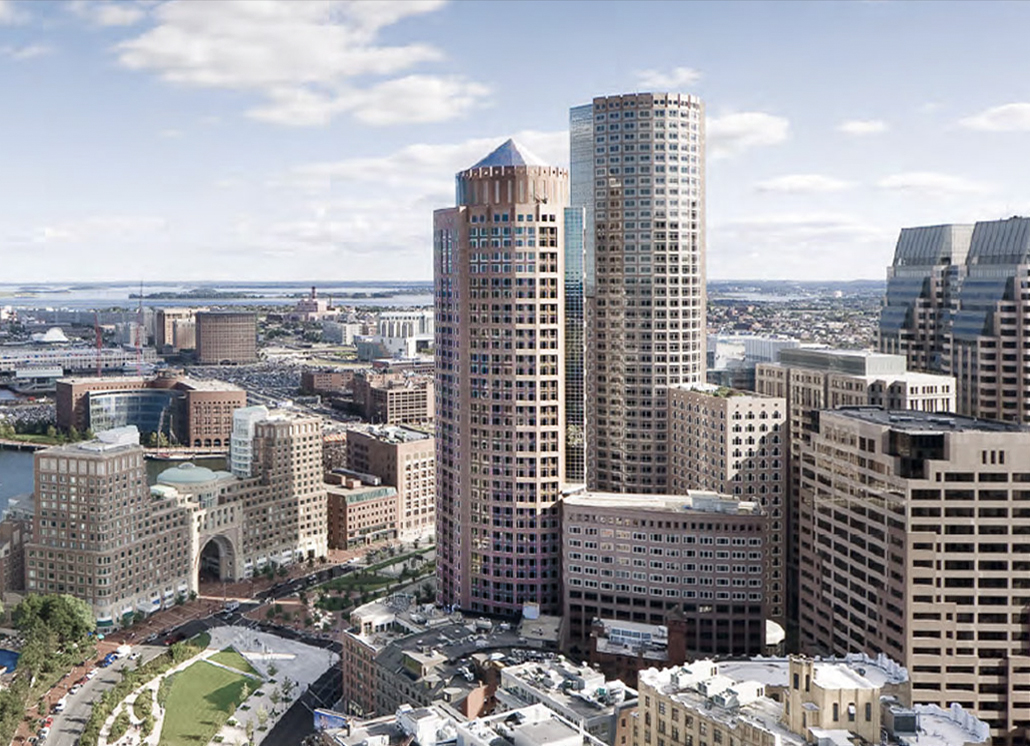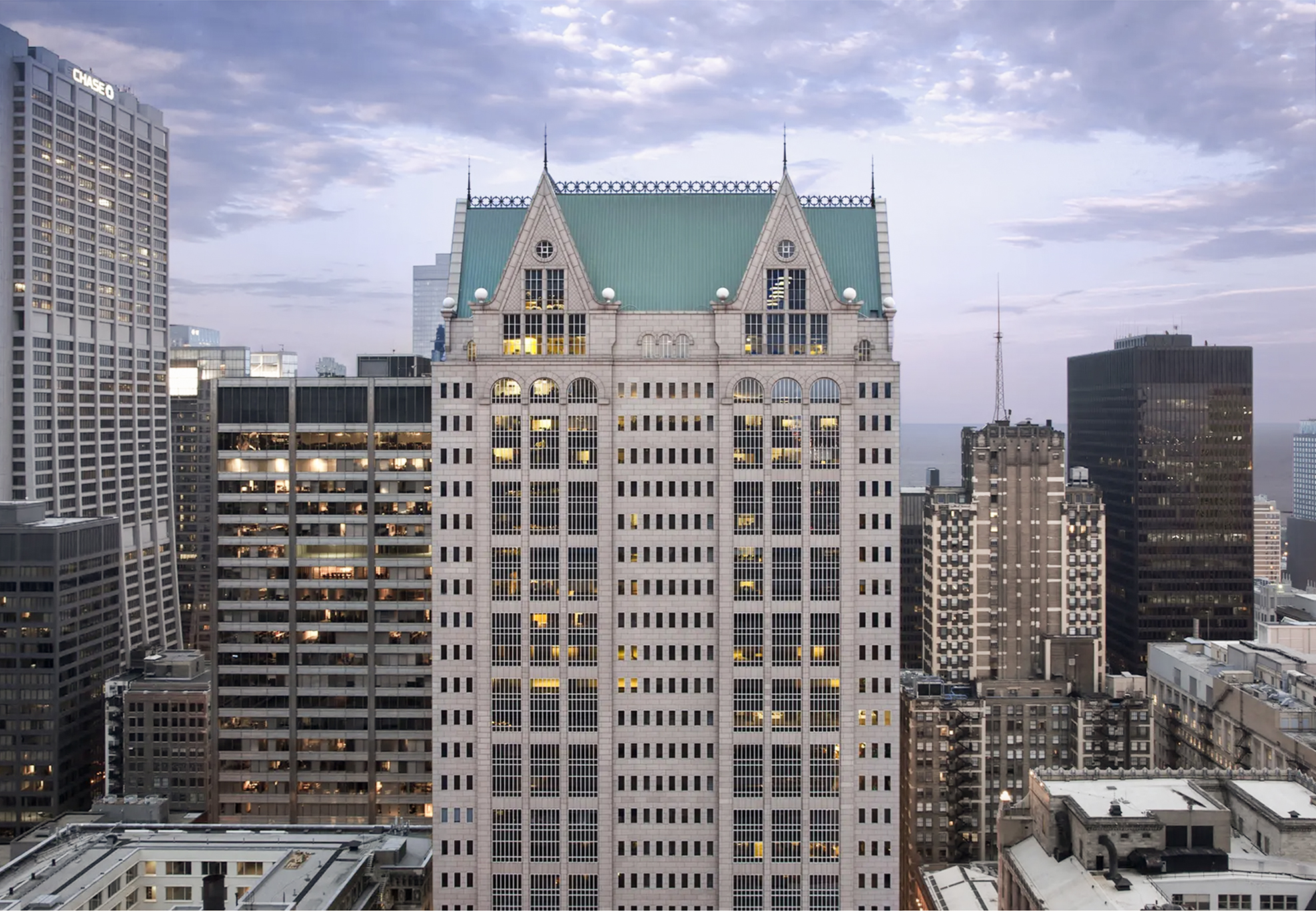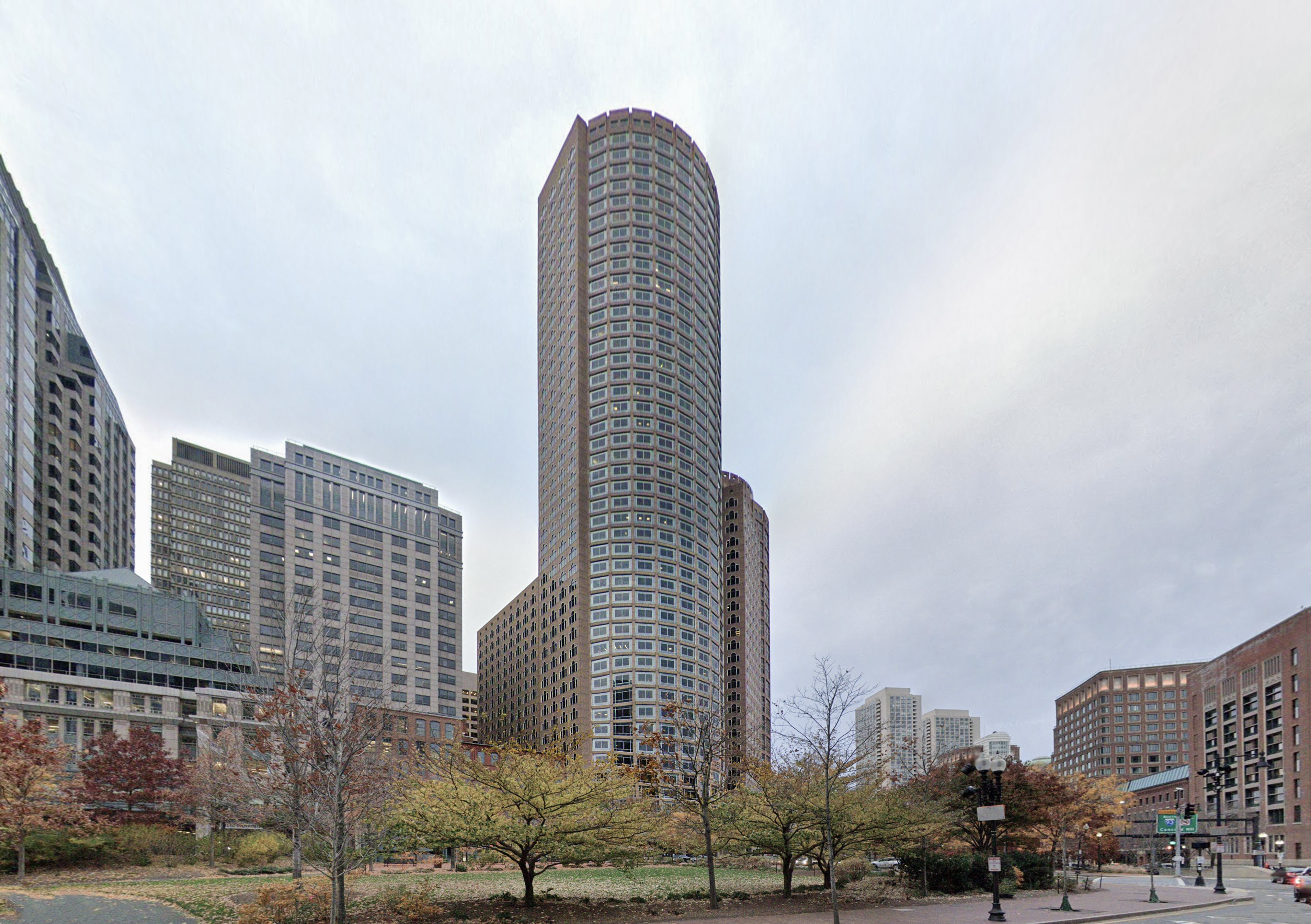The TC Energy Center is a Postmodernist skyscraper designed by Johnson/Burgee Architects, with Philip Johnson as lead architect, in association with Kendall/Heaton Studio, and built between 1981 and 1983 in Houston, TX.
TC Energy Center is not the only name you might know this building by though. It is common for companies to want to attach their names to iconic buildings when they move in, or for the general public to come up with nicknames, and this one is no exception. The building has changed names several times over the years, and is also known as:
- Republic Bank Center between 1983 and 1988.
- NCNB Center between 1988 and 1991.
- NationsBank Center between 1991 and 1998.
- Bank of America Center between 1998 and 2020.
- TC Energy Center from 2020 until this day.
Its precise street address is 700 Louisiana Street, Houston, TX. You can also find it on the map here.
The TC Energy Center has received multiple architecture awards for its architectural design since 1983. The following is a list of such prizes and awards:
- BOMA Award in 1987
- Associated Landscape Contractors of America Awards in 1991
The building is connected to Houston's downtown tunnel system .
The building underwent a major restoration in 2021. The architect commissioned to undertake this restoration was Hines.
